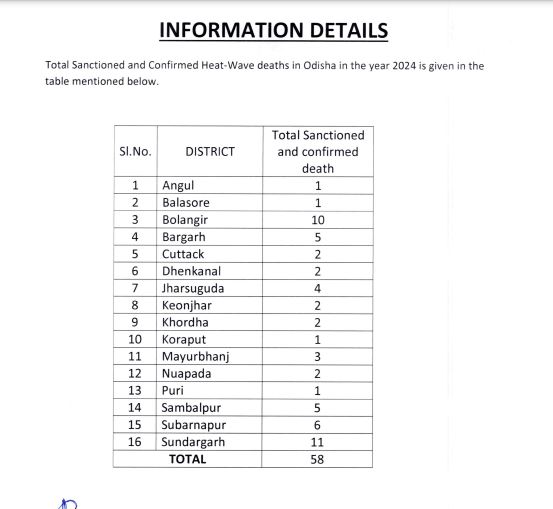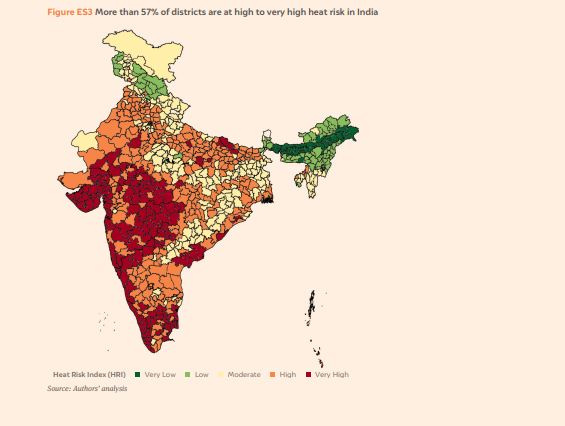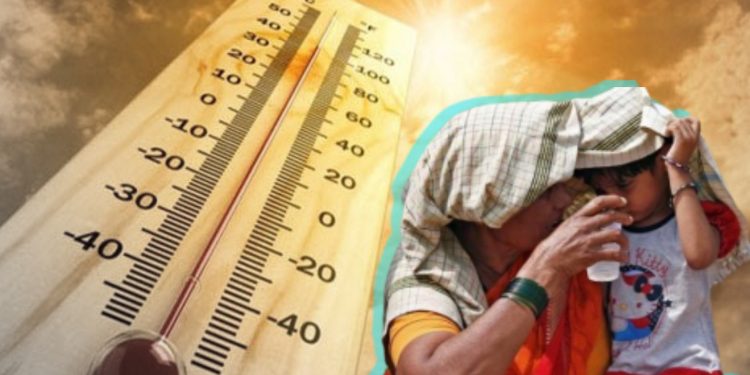Bhubaneswar: As the world observes Environment Day Thursday, many may be shocked to learn how many people died from heatwaves in Odisha in 2024.
While several news outlets reported that suspected heatwave-related deaths in Odisha exceeded 100 last year, an RTI application by OrissaPOST revealed that the total number of “sanctioned and confirmed heatwave deaths” in the state stood at 58 in 2024.
According to information obtained from the office of the Special Relief Commissioner, Odisha, the highest number of heatwave-related deaths was reported from Sundargarh district, with 11 fatalities.
Bolangir reported 10 deaths, while Subarnapur recorded six. Bargarh and Sambalpur reported five deaths each. Jharsuguda reported four, and Mayurbhanj reported three.
Cuttack, Dhenkanal, Keonjhar, Khurda, and Nuapada districts recorded two deaths each.
Angul, Balasore, Koraput, and Puri districts reported one heatwave-related death each.

Nationwide, India reportedly recorded over 48,000 heatstroke cases and 159 heat-related deaths last year, one of its most severe heatwave spells since 2010. However, Odisha was among the worst-affected states in the country. Experts believe the actual toll could be much higher due to underreporting and systemic gaps in data collection.
What caused the crisis in Odisha last year?
In Odisha, heatwave-related deaths were concentrated in a short, intense period from April to early June, with no significant fatalities reported outside this window. The state experienced record-breaking heat, with many districts enduring temperatures above 44 degree Celsius for extended periods.
The timing of India’s general election, held in April and May 2024, overlapped with the peak of the heatwave. Several polling officers, security personnel, and support staff on election duty were affected after long hours of exposure. Voters, including elderly citizens, were also at risk while standing in long queues under the scorching sun. These conditions proved fatal for many, particularly outdoor workers, the elderly, and individuals with pre-existing health conditions.
India is becoming vulnerable to extreme heat
Experts have warned that India is increasingly becoming vulnerable to extreme heat, with new studies highlighting the growing risks posed by climate change.
In India, about 57% of districts — home to roughly 76% of the population — face ‘high’ to ‘very high’ heat risk, according to a study released by the Council on Energy, Environment and Water (CEEW), a Delhi-based climate and energy think-tank.

The study also found that the number of very warm nights has increased at a faster pace than that of very hot days over the past decade. These terms refer to periods when temperatures cross the 95th percentile of historical data for minimum and maximum temperatures, respectively.
Future impact of heatwaves
A recent report by the World Meteorological Organisation (WMO) forecasts a 70% chance that the global average temperature for the period 2025–2029 will exceed 1.5°C above pre-industrial levels. This is a sharp rise from a 47% chance in last year’s projection for 2024–2028 and 32% for the 2023–2027 period.
Health experts say those most vulnerable to heat stress include outdoor workers, pregnant women, the elderly, children, and people with pre-existing health conditions.
The World Health Organisation estimates that more than 1,66,000 people died due to heatwaves between 1998 and 2017. World Environment Day, observed annually June 5, serves as a reminder of the urgent need for environmental protection and global climate action.
By Harihara Kar






































